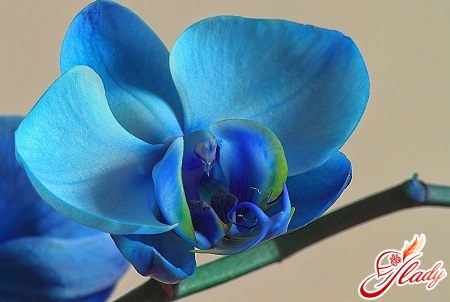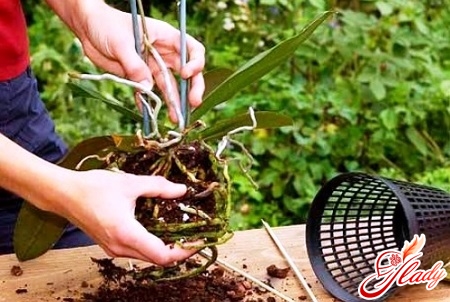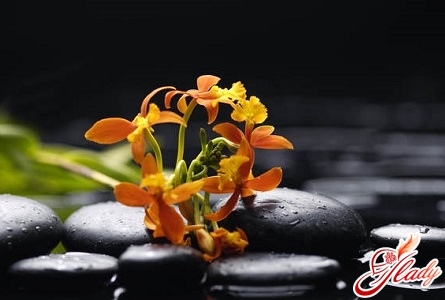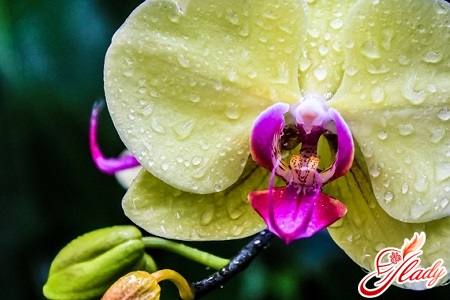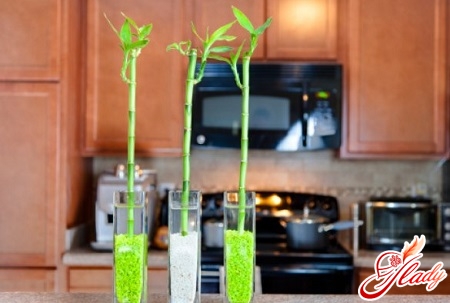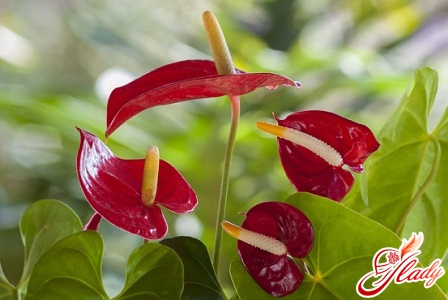 As a rule, ornamental plants are exhibitedfor sale during flowering. This is the most colorful period in the life of flowers, and, of course, the demand for beauty will be in demand. So the evergreen plant anthurium from Latin America will not leave amateur gardeners indifferent. It is difficult to call this flower unpretentious, and keeping it in a greenhouse is more acceptable for anthurium than in an apartment. However, difficulties in care do not stop connoisseurs of indoor plants, and therefore this exotic flower is no longer a rarity in our apartments. A common problem faced by gardeners who decided to buy such a wayward flower is almost the same for everyone: the leaves of the anthurium flower turn yellow. Why does this happen? If you are reading this article, it means that the time has come to dwell in more detail on the causes of this phenomenon. Like all living things on earth, anthurium tends to age. Therefore, if from time to time you observe yellowing of only the lower leaves with their subsequent death, and the rest of the plant is in excellent condition and continues to bloom, rest assured - this is a natural process of leaf aging. And you can not do anything about it. In extreme cases, if the flower has lost its decorative effect, you can extend its life by propagation using air layering. No matter how trivial it may sound, but the root of all possible reasons lies in improper maintenance of the flower. When purchasing such a capricious plant, first of all you need to understand that anthurium is a native of the tropics, which means that the environment around it should correspond to its native climate.
As a rule, ornamental plants are exhibitedfor sale during flowering. This is the most colorful period in the life of flowers, and, of course, the demand for beauty will be in demand. So the evergreen plant anthurium from Latin America will not leave amateur gardeners indifferent. It is difficult to call this flower unpretentious, and keeping it in a greenhouse is more acceptable for anthurium than in an apartment. However, difficulties in care do not stop connoisseurs of indoor plants, and therefore this exotic flower is no longer a rarity in our apartments. A common problem faced by gardeners who decided to buy such a wayward flower is almost the same for everyone: the leaves of the anthurium flower turn yellow. Why does this happen? If you are reading this article, it means that the time has come to dwell in more detail on the causes of this phenomenon. Like all living things on earth, anthurium tends to age. Therefore, if from time to time you observe yellowing of only the lower leaves with their subsequent death, and the rest of the plant is in excellent condition and continues to bloom, rest assured - this is a natural process of leaf aging. And you can not do anything about it. In extreme cases, if the flower has lost its decorative effect, you can extend its life by propagation using air layering. No matter how trivial it may sound, but the root of all possible reasons lies in improper maintenance of the flower. When purchasing such a capricious plant, first of all you need to understand that anthurium is a native of the tropics, which means that the environment around it should correspond to its native climate.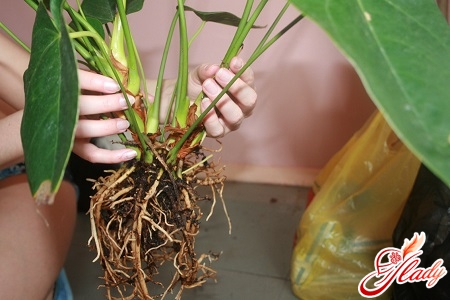
Conditions of Anthurium Content and Yellowing of Leaves
Let's see what the reasons can beпожелтения листьев у этого растения. Температура Частой причиной пожелтения листьев антуриума является резкое колебание температурного режима. В основном все разновидности этого цветка не переносят температуру окружающей среды ниже +16°С. Верхний предел температурной шкалы допускается и до +28°С. Крайне негативно реагирует цветок на сквозняки – листья желтеют и вянут. Ни в коем случае не помещайте антуриум рядом с открытой форточкой, особенно зимой. Освещение Как все тропические растения, антуриум любит яркий свет. Если цветок желтеет зимой, значит, вашему питомцу не хватает солнца. Поставьте горшок с растением на солнечную сторону или используйте дополнительное освещение. Например, фитолампы. Летом же, напротив, если вы заметили, что в основном желтеют листья с солнечной стороны, несомненно, цветок страдает от прямых солнечных лучей. В этом случае место содержания нужно затенить либо разместить антуриум поодаль от окна. Надо отметить, цветки некоторых видов антуриума приобретают яркие насыщенные тона, находясь именно в полутени. Поэтому не лишним будет поинтересоваться особенностями ухода вашего вида и поэкспериментировать с его местом расположения в квартире. Влажность Нет ничего более губительного для антуриума, чем низкая влажность. Сухой воздух способен мгновенно погубить ваш цветок раз и навсегда: вначале листья приобретают желтоватый окрас, потом высыхают кончики и, наконец, листья опадают. Такое часто случается при размещении цветка вблизи батарей центрального отопления. Горячий сухой воздух очень быстро иссушает не только листья, но и корни антуриума. В идеале этот тропический цветок предпочитает влажность воздуха 80-90%. Достигнуть благоприятного показателя вам поможет увлажнитель воздуха. Для поддержания необходимого уровня влажности рекомендуется также поставить горшок на специальный поддон с мокрым керамзитом или мхом-сфагнумом. Поверхностные корни рекомендуется также оборачивать сфагнумовым мхом. Нужно как можно чаще опрыскивать растение из пульверизатора, избегая попадания влаги на цветки, иначе застой воды неизбежно приведет к гниению лепестков и листьев. Полив Нередко желтеют листья по причине неправильного полива или полива жесткой водой с многочисленными примесями извести и хлора. Попадая на листья, жесткая вода провоцирует образование коричневых пятен, которые впоследствии приводят к пожелтению всего листа. Содержащаяся в воде известь, проникая в растение через корни, также вызывает аналогичную реакцию листьев антуриума. Поэтому рекомендуется использовать дождевую, кипяченую или отстоянную воду. Желтые листья могут являться признаком гниения корней, что возможно при чрезмерном поливе цветка. Объем полива характерен для всех видов тропических растений. Он должен быть обильным, но без застоя влаги в корнях и поддоне. Лишнюю воду необходимо обязательно слить, а для хорошей аккумуляции влаги в грунте нужно использовать дренаж: керамзит, глиняные черепки или древесную кору. Удобрение Весной и летом, когда наступает период роста антуриума, пожелтение листьев может быть вызвано нехваткой таких минералов, как железо и магний. В таком случае необходимо использовать специальные удобрения, чередуя их с органическими составами. Увлечение удобрениями в период покоя, также как и чрезмерная подкормка в весенне-летний сезон, может вызвать нездоровую желтизну листьев. Зимой, как правило, антуриум отдыхает, и не стоит его перегружать дополнительной подкормкой. Главное — не давать пересыхать грунту в горшке и поддерживать необходимую влажность. Грунт и пересадка Еще одной банальной причиной, вызывающей желтизну листьев антуриума, является несвоевременная пересадка и истощение имеющегося грунта. Со временем корни цветка разрастаются и требуют пересадки в более объемный горшок, и, соответственно, требуется замена старой уплотненной почвы. Для успешного содержания антуриума требуется рыхлый, грубоволокнистый и кислый субстрат, хорошо пропускающий как влагу, так и воздух. Обязательно должен присутствовать дренаж. При пересадке будьте аккуратны в обращении с хрупкими корнями. Кстати сказать, антуриум относится к ядовитым растениям. Будьте осторожны, ядовитый сок этого цветка может вызвать дерматологические реакции при попадании на кожу. 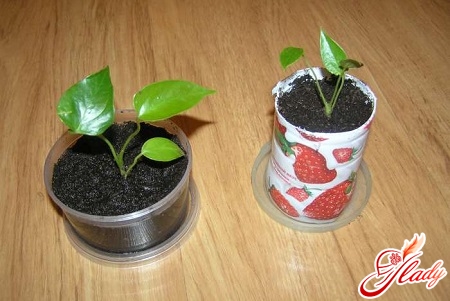
Anthurum Diseases
Fortunately, all of the above are possibleThe causes of yellowing of leaves can be easily corrected by changing certain conditions of maintenance and care of anthurium. But there are also more serious ailments that lead not only to similar consequences, but also to the death of the entire flower. Anthurium leaves turn yellow in case of infectious, fungal diseases and in case of damage by various kinds of pests. Fungal diseases Septoria and anthracnose are manifested by the appearance of yellow or brown spots on the leaves, which then fall off. The cause of the disease is contact with an infected plant or the purchase of a deliberately diseased plant. Downy mildew also causes yellowing, while there are cases of leaves becoming smaller, and the internodes are shortened and withered. A characteristic sign of this disease is the formation of a gray coating with sporangia on the inside of the leaf. Fusarium is diagnosed by the following signs: first the leaves turn yellow, then wither and fall off. Due to the fact that the base of the stem darkens and dies, the diseased plant leans to one side. This type of fungus is almost impossible to destroy, so the plant should be thrown away along with the pot. Root rot, as the name suggests, damages the roots of anthurium due to stagnant moisture in the soil. Rotten roots cannot deliver nutrients to the plant itself, causing the leaves to gradually turn yellow and fall off, and the plant dies. Viral diseases As a rule, insects can infect with viral diseases. Characteristic signs are yellow twisted leaves with spots and lines of a gray-white hue that gradually dry out. Pests Yellow spots on the leaves may indicate damage by pests, which can move unusually quickly and are capable of infecting all surrounding plants. The greatest harm to anthurium can be caused by spider mites, scale insects, mealybugs, aphids, and nematodes. The main rule of pest control is prevention, which consists of daily inspection of each plant, periodic treatment of leaves with soapy water and copper sulfate solution. Advanced forms of damage require the use of special insecticidal preparations. As can be seen from all of the above, there are practically no reasons why leaves turn yellow that could not be corrected. Your task is to timely detect the disease and correctly diagnose the signs of disease. In any case, your efforts, care and proper treatment will help to cope with the problems of maintaining and caring for this plant. And the tropical "Latin American" anthurium will again delight you with beauty and health.




